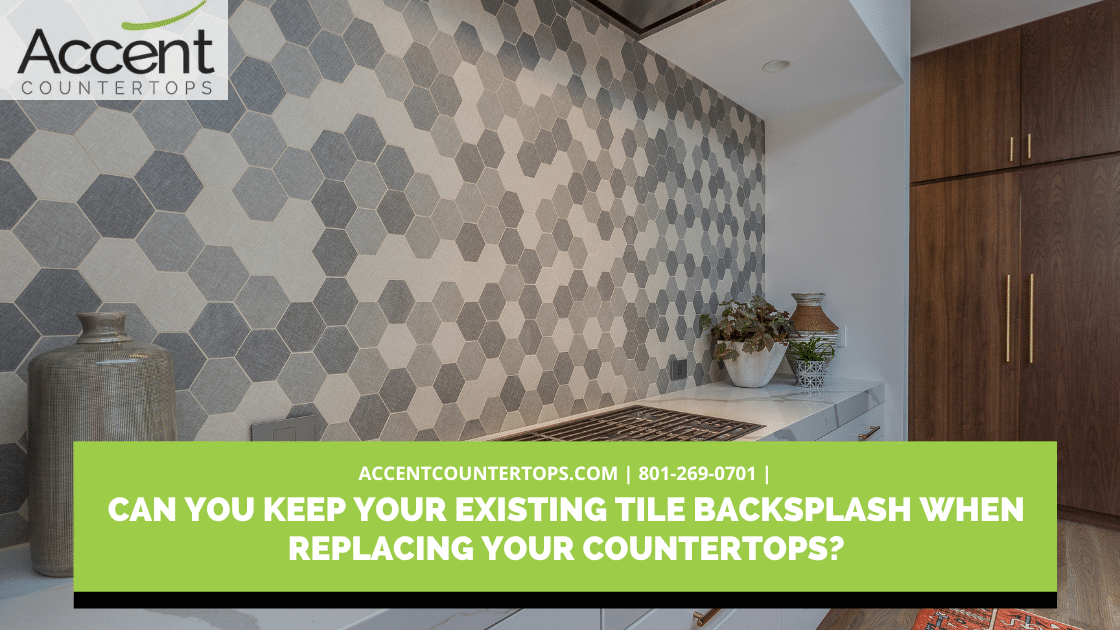Most of the time, yes. However, there are a few cases in which some or all of your backsplash may need to be replaced. Here are the most common reasons:
Measuring
Often when our templators attempt to measure for new countertops with existing backsplash, they are faced with challenges of accurately collecting the measurements needed. For example, with a tile backsplash you may see inconsistencies in dimensions or the tiles being unlevel. As a result, it may require you to remove some or all the backsplash. Our templators need to directly contact cleared cabinets, structures, and walls with their tools in order to obtain accurate measurements.
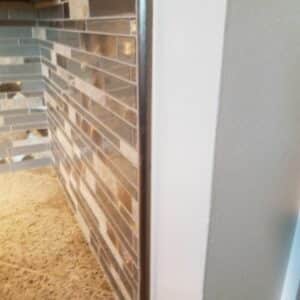 |
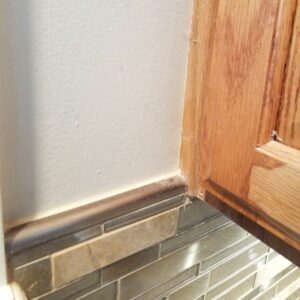 |
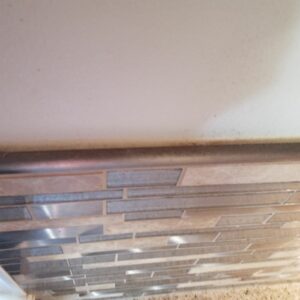 |
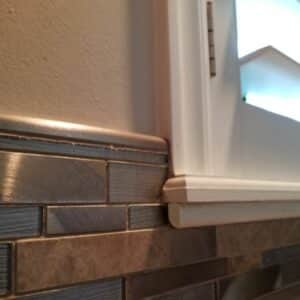 |
Backsplash Breaking
When removing the old countertops, the backsplash could crack or break. With the backsplash left in place, it is difficult to gain leverage on the countertop during the removal process. In this scenario, the backsplash would need to be removed and then replaced after the new countertops have been installed. It is highly recommended that you budget for a new backsplash when you decide to replace your countertops.
Countertops Not Fitting Properly Against Backsplash
If the thickness of the old countertops differs from the new countertops, it will require adjusting the backsplash or removing it all together. If the thickness of the new countertop is less than the thickness of the old countertop there would be a gap between the countertop and the backsplash. If the thickness of the new countertop is greater than the thickness of the old countertops, the new countertop would overlap the backsplash.
Countertop thickness can vary for several reasons. First, natural stone and quartz slabs have allowable tolerances of +/- 1/8”, so the existing 3cm slab might be 1-1/4” and the new one might be 1-3/8”, which wouldn’t fit under the existing tile. Next, the current countertop might be made from a different material than the new countertop and the two likely are not the same thickness. For example, if the existing countertop is a Corian solid surface, the edge is likely approximately 1.5”. So, in order to match that edge on granite or quartz, you would need to purchase an upgraded, stacked edge, which might not be feasible if the new material is 3cm. The final reason generally comes from tile countertops. We often find that the cabinets are not level after removing the tile countertops and when we attempt to level the cabinets it often does not leave room for the new countertops to fit under the old backsplash.
 |
 |
 |
Conclusion
In most cases, yes, the countertop can be installed with the current backslash. However, there are a few complications that can arise so to avoid any headache, we highly recommend removing your existing backsplash. While we strive to ensure a smooth installation process for your new countertops, we kindly emphasize that any breakage or damage to the tiles or backsplash during this process falls outside our responsibility to provide replacements.








